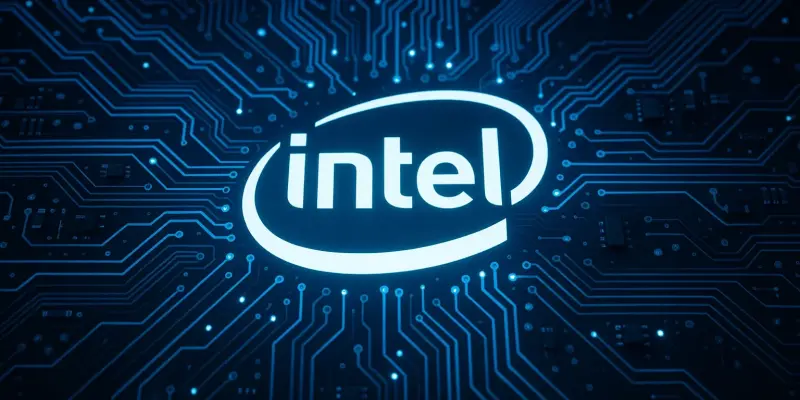In a rapidly evolving tech landscape where hardware integrity is paramount, Intel’s ongoing battle with security vulnerabilities in its CPUs and GPUs remains a pressing concern for the company and its users. Recent patches for Intel’s processors highlight the challenges faced in maintaining a secure environment while dealing with advancements in hardware design and software development. The vulnerabilities, found in various products from integrated graphics drivers to discrete Arc GPU solutions, underline the complexity of safeguarding against unauthorized access, preventing denial-of-service (DoS) attacks, and ensuring sensitive information remains secure. With the potential to impact a wide range of computing environments, Intel’s approach to addressing these issues reflects both the inherent difficulties and necessary measures needed to protect sophisticated hardware.
Intel’s Patch Strategy and Security Measures
The vulnerabilities targeted by Intel’s recent updates are spread across several generations of its processors, encompassing products from the 6th generation Intel Core CPUs to the latest Core Ultra chips. Among the critical concerns are problems related to Intel’s Arrow Lake microarchitecture, which reportedly affects essential elements like Integrated Connectivity I/O interfaces and poses risks of privileged access. Intel’s Data Center GPU Flex series also received updated drivers to handle identified security weaknesses. Despite these comprehensive efforts to shore up defenses, the task of thoroughly securing wide-ranging product lines remains an immense challenge. The proactive approach adopted by Intel, releasing security patches alongside Microsoft’s Patch Tuesday, exemplifies an attempt to enhance product reliability and protect computing environments from potentially devastating breaches.
Future Considerations and Challenges
The Core Ultra series has revealed vulnerabilities that stem from both internal assessments and the examination by VUSec researchers, underscoring the intricate challenge of harmonizing performance with security in advanced technology. These vulnerabilities pose a risk to sensitive data, jeopardizing user privacy and prompting essential inquiries on preemptively addressing such issues in future models. Intel is actively seeking to enhance the reliability of its CPU and GPU offerings, as these persistent threats exemplify ongoing efforts to protect computing environments. Essential components of Intel’s strategy include refining software development practices, applying rigorous testing protocols, and ensuring an adaptive patching schedule. These steps are vital as Intel seeks to surmount these challenges while aligning with modern computing demands. Navigating a world of increasing complexity for robust security reflects both the progress made and the challenges that persist, signaling opportunities for improved strategies and innovative solutions.

